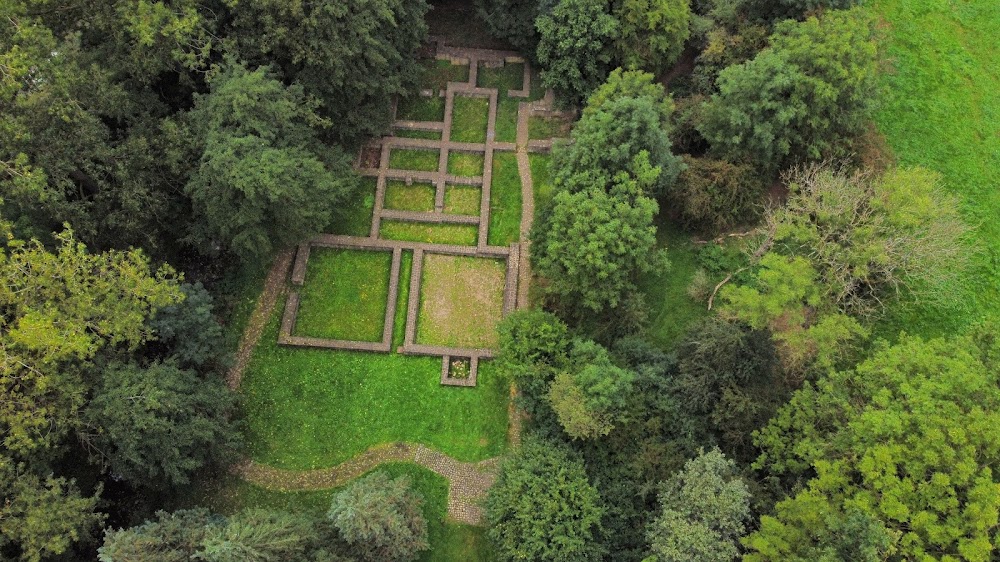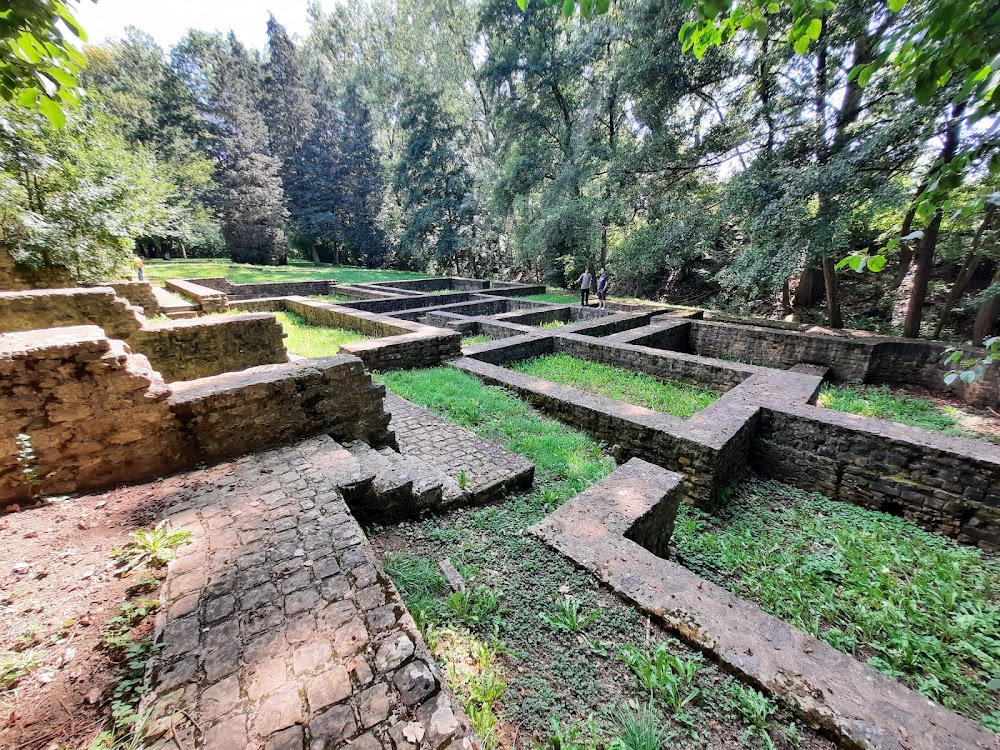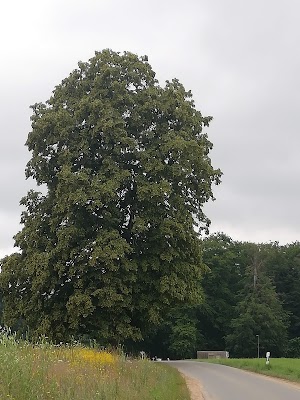Mamer Roman Ruins (Réimesch Villa zu Mamer)
Overview
The **Gallo-Roman Baths of Mamer**, also known as the **Mamer Roman Ruins**, offer an extraordinary glimpse into the rich history of Luxembourg's Roman period. Nestled in the picturesque Canton of Capellen, this archaeological site serves as a testament to the sophisticated engineering and daily life of Romans who settled in the region around the 1st century AD.
The discovery of the Mamer Roman Ruins was a fortunate accident. In 1972, while workers were engaged in construction for a new housing development, they unearthed ancient stone structures and remnants of a fascinating past. Archaeologists quickly recognized the site's historical significance and commenced excavations, uncovering a remarkably well-preserved Roman bath complex that showcases the ingenuity and technical prowess of ancient Rome.
Roman baths were not merely places for bathing; they functioned as vibrant social hubs and centers for health, relaxation, and leisure activities. The Mamer baths exemplified this, featuring a well-structured layout that includes the **frigidarium** (cold room), **tepidarium** (warm room), and **caldarium** (hot room). These bathhouses highlight the Romans' mastery of heating systems, prominently through the innovative **hypocaust** technology.
The **hypocaust** system was a groundbreaking Roman invention that provided underfloor heating. Elevated on small pillars, the floors created space for hot air from a furnace to circulate, effectively warming both the floors and the walls of the rooms above—a remarkable engineering achievement of antiquity. Additionally, hot water was supplied to the baths via a network of lead pipes and boilers, demonstrating an advanced understanding of plumbing.
Beyond the bath complex, the site has revealed even more captivating elements, including remnants of **mosaic floors**, fragments of **frescoes**, and various artifacts such as pottery, coins, and tools. These discoveries provide fascinating insights into the everyday lives of the bath's patrons, illustrating that the complex was not just a venue for luxurious bathing but also a bustling community center where people gathered for business, leisure, and social interaction.
In recognition of the site's historical importance, dedicated efforts have been made for its preservation and restoration. The ruins were carefully protected, and in 2008, the site was opened to the public. Today, visitors can stroll along well-maintained paths and explore the history and significance of the baths through informative plaques and guided tours.
For modern visitors, **parking** at the Gallo-Roman Baths of Mamer has been thoughtfully arranged to maintain the site's integrity. A designated car park is conveniently located near the entrance, allowing easy access to this historical marvel. The pathways from the parking area to the ruins are designed to be accessible for all, ensuring that everyone can comfortably step back in time and experience the daily life of ancient Romans.
The preservation of the Mamer Roman Ruins represents a collaborative triumph among local authorities, historians, and archaeologists. Their dedicated efforts ensure that this piece of Luxembourg's Roman heritage remains an educational and cultural treasure for future generations.
Visiting the Mamer Roman Ruins provides a deeper appreciation for the extensive reach of the Roman Empire and its enduring influence on architecture, engineering, and social practices. The Gallo-Roman Baths of Mamer not only reflect the luxury and sophistication of Roman life but also underscore the lasting legacy of Roman architectural and engineering expertise. This site stands as a vivid testament to the detailed, innovative, and community-centered aspects of ancient Roman culture—a captivating glimpse into a world that has significantly shaped modern European history.






